Sex Male Years active 1993 - 2003 Weight 5,440 kg | Species Orcinus orca | |
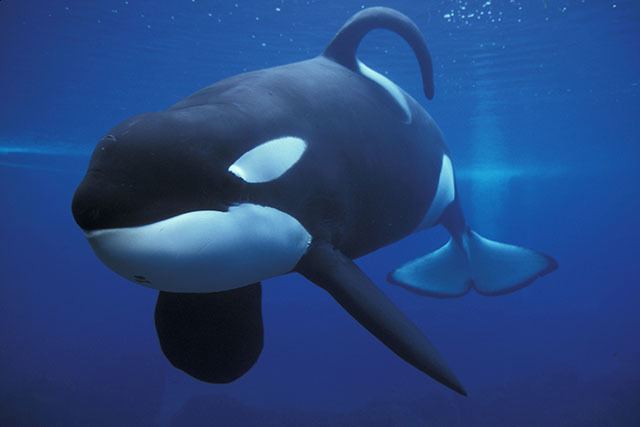 | ||
Awards Kids' Choice Award for Favorite Animal Star Nominations MTV Movie Award for Best Kiss | ||
Keiko (earlier Siggi) (c. 1976 – December 12, 2003) was a male orca who portrayed Willy in the 1993 film Free Willy.
Contents
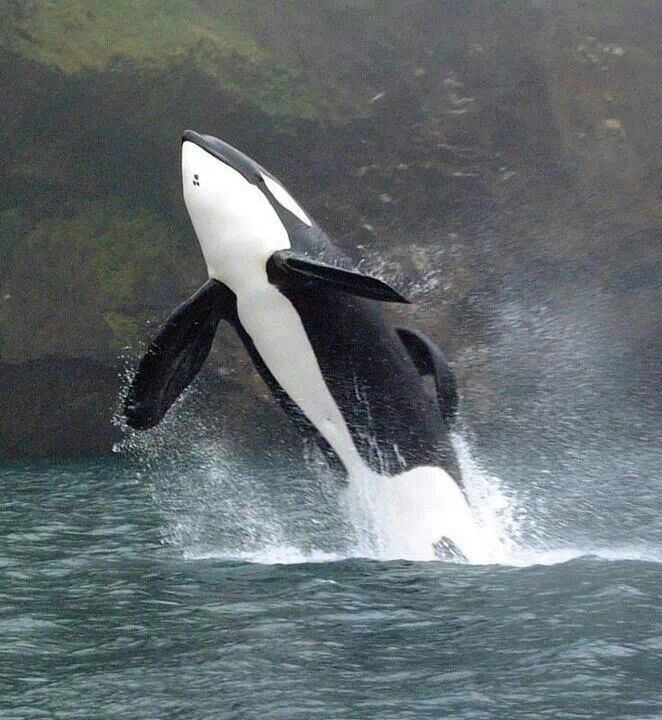
History
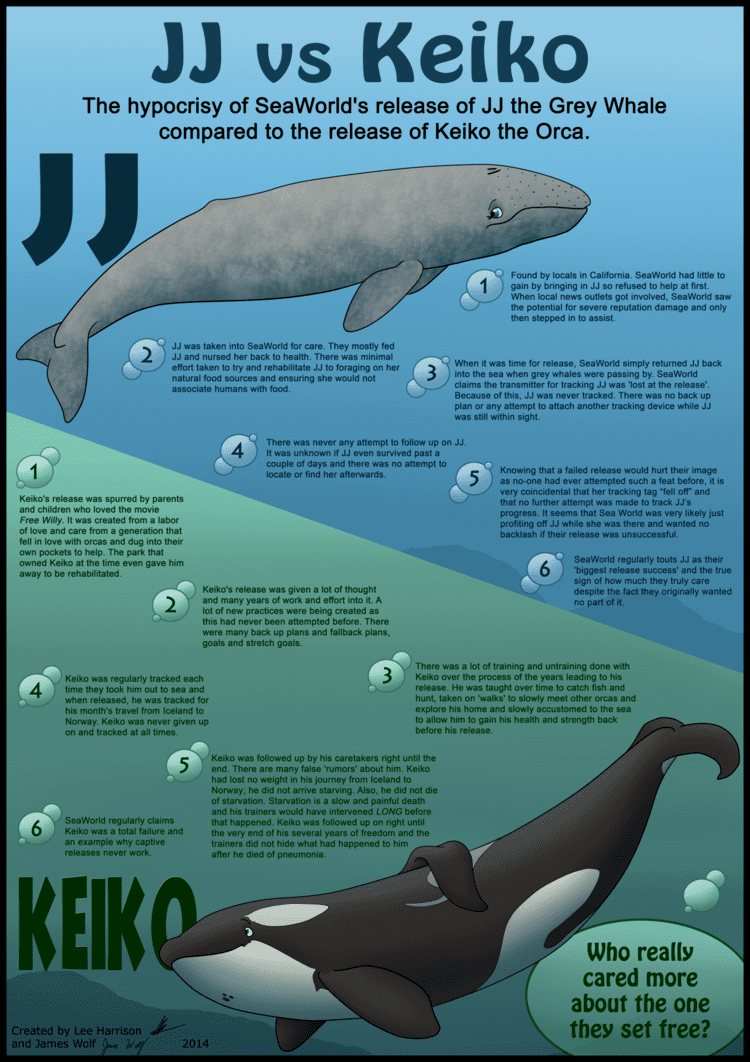
Keiko, whose name means "lucky one" in Japanese, was captured near Reyðarfjörður, Iceland in 1979 and sold to the Icelandic aquarium in Hafnarfjörður. Three years later he was sold to Marineland in Ontario where he first started performing for the public and developed skin lesions indicative of poor health. He was then sold to Reino Aventura (now named Six Flags Mexico), an amusement park in Mexico City, in 1985. He was the star of the movie Free Willy in 1993.
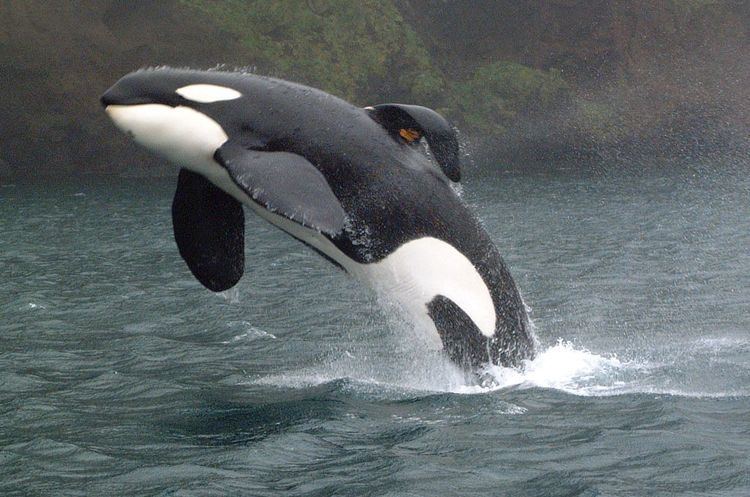
The publicity from his role in Free Willy led to an effort by Warner Brothers Studio to find him a better home. Donations from the studio and Craig McCaw led to the establishment of the Free Willy-Keiko Foundation in February 1995. With donations from the foundation and millions of school children, the Oregon Coast Aquarium in Newport, Oregon was given over $7 million to construct facilities to return him to health with the hope of returning him to the wild. UPS provided ground transportation to the nearby Newport Municipal Airport in a specialized container. Before he left the amusement park, he performed for the public for the last time. Weighing 12,000 pounds (5440 kg), he was transported by air in a C-130 Hercules donated by UPS. During the process of transferring him to the plane, trouble occurred but he remained unharmed.
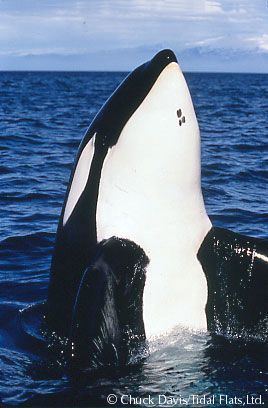
The plan to return him to the wild was a topic of much controversy. Some felt his years of captivity made such a return impossible. Researchers in a scientific study later said attempts to return him to the wild were unsuccessful, but that monitoring him with radio and satellite tags was part of "a contingency plan for return to human care," which secured "the long-term well-being of the animal.". Others considered his release misguided. The Norwegian pro-whaling politician Steinar Bastesen made international news for his statement that Keiko should instead be killed and the meat sent to Africa as foreign aid. Nevertheless, the process of preparing Keiko for the wild began on September 9, 1998, when he was flown to Klettsvík, a bay on the island of Heimaey in Vestmannaeyjar, Iceland. Upon landing at Vestmannaeyjar Airport, the C-17 Globemaster aircraft suffered a landing gear failure causing over $1 million in damage, though Keiko was unharmed. His day-to-day care became the responsibility of the Free Willy-Keiko Foundation with management assistance from the Ocean Futures Society. He underwent training designed to prepare him for his eventual release, including supervised swims in the open ocean.
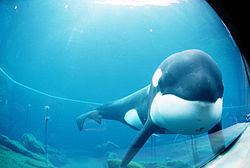
Ocean Futures left the Keiko project in late 2001. The Free Willy-Keiko Foundation and The Humane Society of the United States re-established management of the project at that time until Keiko's death in 2003. Keiko finally departed Icelandic waters with wild Orca in early August 2002. However, about three weeks later he showed up in Norway's Skålvik Fjord, apparently seeking contact with human beings and allowing children to ride on his back. His caretakers relocated to Norway and continued to conduct boat-follows with Keiko for the next 15 months. He failed to reintegrate with wild Orca, but on the basis of girth measurements and blood tests, it was assumed that he fed during his 900-mile (1500 km) journey to Norway from Iceland. Keiko switched between different groups of wild killer whales, often remaining on the periphery, at distances of 100–300 meters, with his head pointing toward the closest Orca.

It has been reported by critics that his release was not successful, as he failed to adapt to life in the wild. due his early age at his capture, long history of captivity, prolonged lack of contact with conspecifics, and strong bonds with humans, while others claim that it was a success. The fact that he sought contact with humans was that he was not returned to his family and could not be adopted by unrelated orcas, so he turned to humans for companionship, not from habituation.
Death
Keiko died in Taknes Bay, Norway while swimming in the fjords on December 12, 2003, at about 27 years of age. Pneumonia was determined as his probable cause of death.
Filmography
In 2010 the film Keiko: The Untold Story was released. In 2013 a New York Times video, The Whale Who Would Not Be Freed, included interviews about Keiko's only partly successful return to the ocean.
